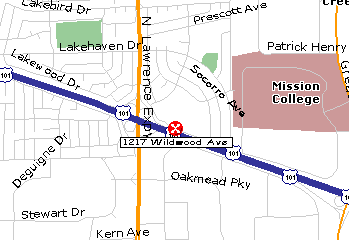|
|
|
 | ||
|
| ||
 Wednesday, September 11, 2002
Wednesday, September 11, 2002
Ramada Inn
PLEASE RESERVE IN ADVANCE --
REFERENCES
|
SCV Chapter
Home Page |
How to Join IEEE |
Contact our Chapter Chair |
| CPMT Society
Home Page |
IEEE Home Page |
Email
to Webmaster |
Last updated on